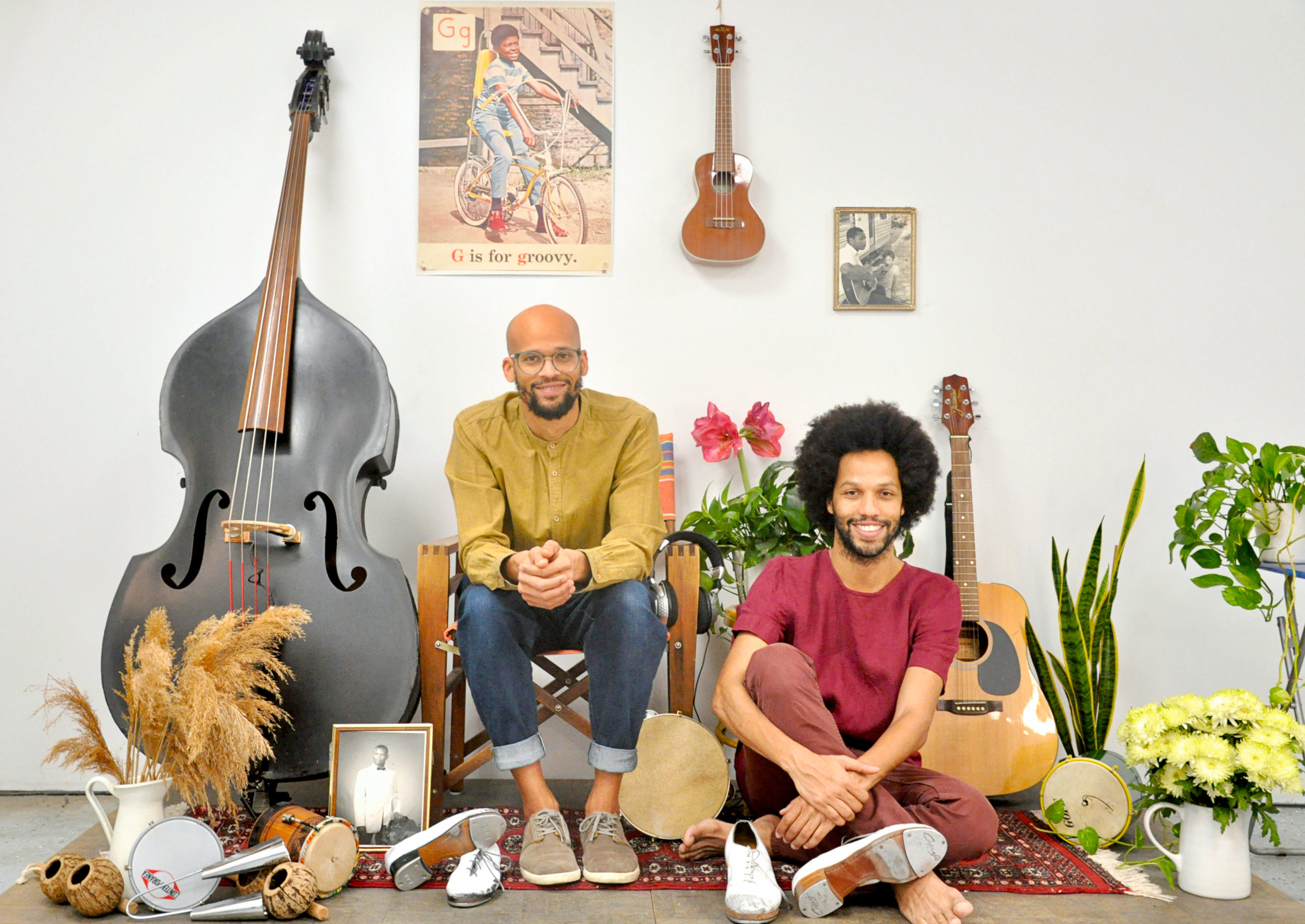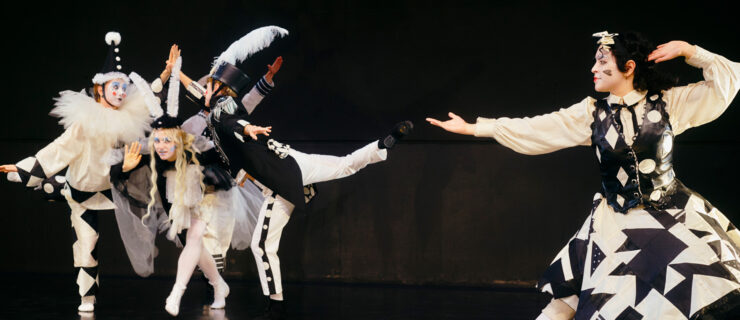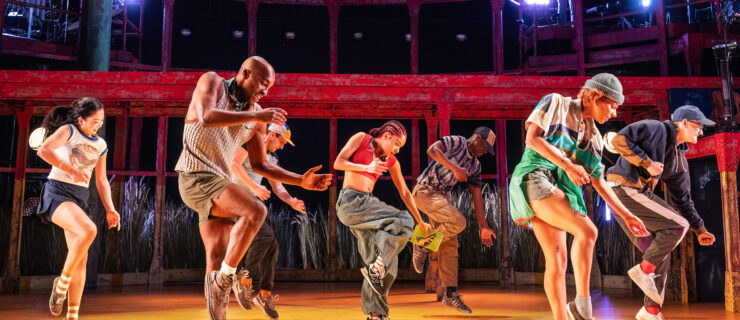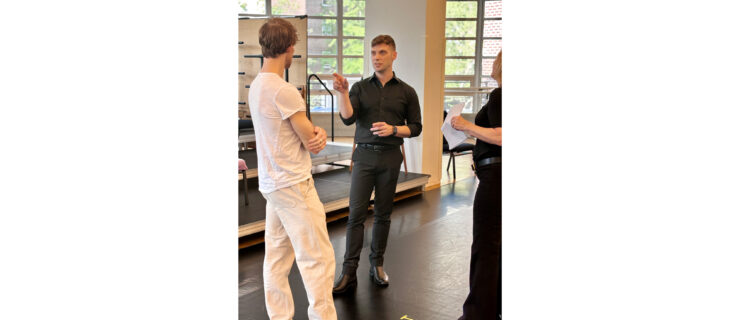Gregory Richardson on Music From The Sole
Despite having grooved onstage with tap icon Michelle Dorrance for over a decade, Gregory Richardson doesn’t consider himself a dancer. The composer and multi-instrumentalist is the musical director of Dorrance Dance and has been composing and performing with the company since its 2011 inception, having met Dorrance when they were both playing in the indie band Darwin Deez. In 2015, Richardson joined forces with Brazilian choreographer Leonardo Sandoval to create the Afro-Brazilian tap company and live band Music From The Sole, which was recently awarded a National Dance Project Production Grant from the New England Foundation for the Arts. With steady support from Jacob’s Pillow, The Yard and Works & Process at the Guggenheim—where Music From The Sole performed its third commissioned evening-length work in April—Richardson says he feels more confident than ever in what they are creating.
My main goal is usually to make sure the dancers and band are all one sonic force. If someone comes to a Music From The Sole show, they’re going to get right off the bat that the tap dance is the percussion of the song, and it’s not making it overly complicated. What we don’t want to look like is a dance company with a back-up band.
A unique part of our process is seeing how the musicians move. We do a lot of body percussion—slaps, claps and snaps—and give everyone movement to do together, so we embrace what the nondancers, including myself, add to it. We found out that our drummer is a fabulous mover and just naturally adds these little flourishes and hip movements. He’s extremely fun to watch, so we incorporated that. He’ll be spotlit in the next show.
We blur the lines when it comes to who is composing, too. There have been pieces where I wrote out a percussion part, recorded it, took it to Leo, and he choreographed the movement so the taps could replace the rhythm of the song. On another song, Leo came up with a melody, and I was able to notate, arrange and put chords behind it. That’s turned into this huge, beautiful piece. So, we’re both doing melodic and rhythmic work.
When you’re collaborating, you never get to use every single one of your ideas. But since Leo and I really get to have the final say, it’s the first time I’ve been able to stake out certain priorities that I simply don’t sacrifice. It’s a lot of pressure, but it’s also a lot of fun.
I’ve learned to trade drafts often. If you rehearse the band and dancers separately and things evolve, you can start to get on different pages. You can be totally enamored with what you’ve made, but when you come back together, it’s dissonant and someone has to give up more than they’d like. As soon as I’m excited about something, I show it to Leo right away.
Traditionally, a musical director makes sure the music is being executed right, runs the rehearsals and takes care of personnel issues with the band. But Michelle is such a killer musician, dancer and percussionist, she’s at the helm in a full rehearsal with Dorrance Dance, stopping the musicians to adjust tempo or dynamics. She has a vision for what she wants the whole show to be—and good instincts—and that just makes my job easier.
Michelle has definitely been my model for growing and leading a company with integrity. Like when you go into a new venue, introduce yourself to everyone from the front-of-house manager and sound engineer to the lighting assistant. Bring them in like they’re your team, and they’ll be excited to help execute your vision. And when someone gives you an opportunity, you better wring it for every drop it’s worth. If they give you a week of residency time, you better be in there for 10 hours a day.




